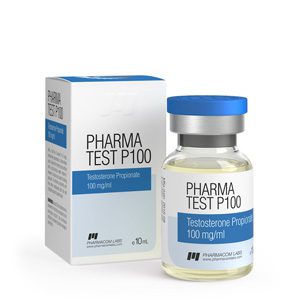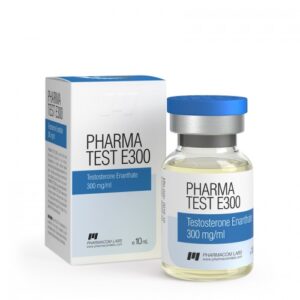Liraglutide is a derivative of GLP-1, a naturally occurring peptide known to lower blood sugar levels and enhance insulin secretion. Research shows that Liraglutide (GLP-1 Analogue) may also improve heart, liver, and lung function while helping to slow or prevent the effects of Alzheimer’s disease. Liraglutide has been shown to significantly decrease appetite by delaying gastric emptying and reducing intestinal motility. Liraglutide has been modified to have a longer half-life and more favorable pharmacokinetics.
The dose of this medicine will be different for different patients. Follow your doctor’s orders or the directions on the label. The following information includes only the average doses of this medicine. If your dose is different, do not change it unless your doctor tells you to do so.
The amount of medicine that you take depends on the strength of the medicine. Also, the number of doses you take each day, the time allowed between doses, and the length of time you take the medicine depend on the medical problem for which you are using the medicine.
- For injection dosage form:
- For type 2 diabetes:
- Adults and children 10 years of age and older—At first, 0.6 milligram (mg) injected under the skin once a day for 1 week. Your doctor may increase your dose as needed and until your blood sugar is controlled.
- Children younger than 10 years of age—Use and dose must be determined by your doctor.
- For reducing the risk of heart attacks and strokes:
- Adults—At first, 0.6 milligram (mg) injected under the skin once a day for 1 week. Your doctor may increase your dose as needed.
- Children—Use and dose must be determined by your doctor.
- For treatment of obesity:
- Adults—At first, 0.6 milligram (mg) injected under the skin once a day for 1 week. Your doctor will increase your dose weekly up to 3 mg every week.
- Children—Use is not recommended.
- For type 2 diabetes:





